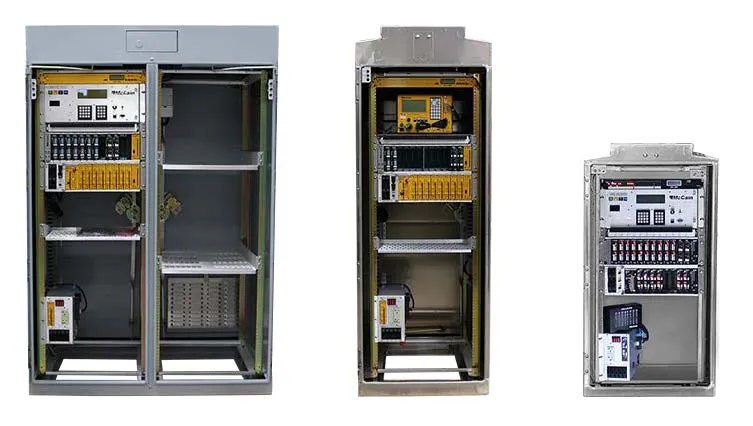Partners Eberle Design Inc. (EDI) and CTC have joined forces to link traffic and railroad signals with x-Link.
September 9, 2014
Read time: 1 min

Partners 41 Eberle Design Inc. (EDI) and CTC have joined forces to link traffic and railroad signals with x-Link.
On demo at the EDI booth x-Link is the only interconnected grade-crossing operations recorder and warning system that incorporates video data of critical train and vehicle movement.
x-Link not only records incidents at railroad crossings, but also monitors railroad and traffic signal timing to ensure safety.
“Out of railroad crossings that experience multiple accidents, 70% are near intersections,” said John Sharkey, vice president, signal design and construction, CTC. “Linking the traffic signals with the railroad signals can save lives.”









